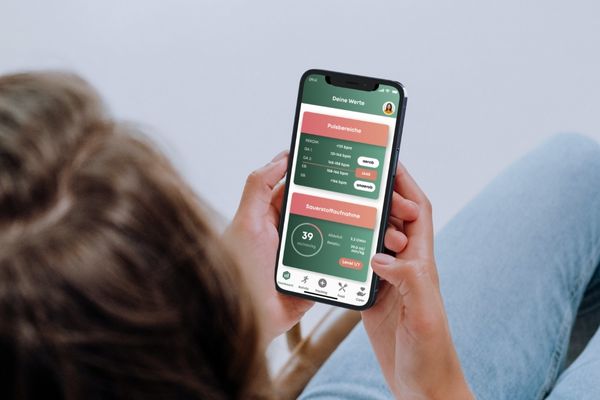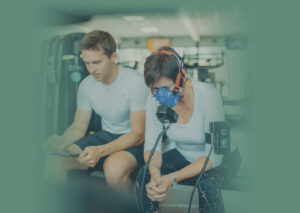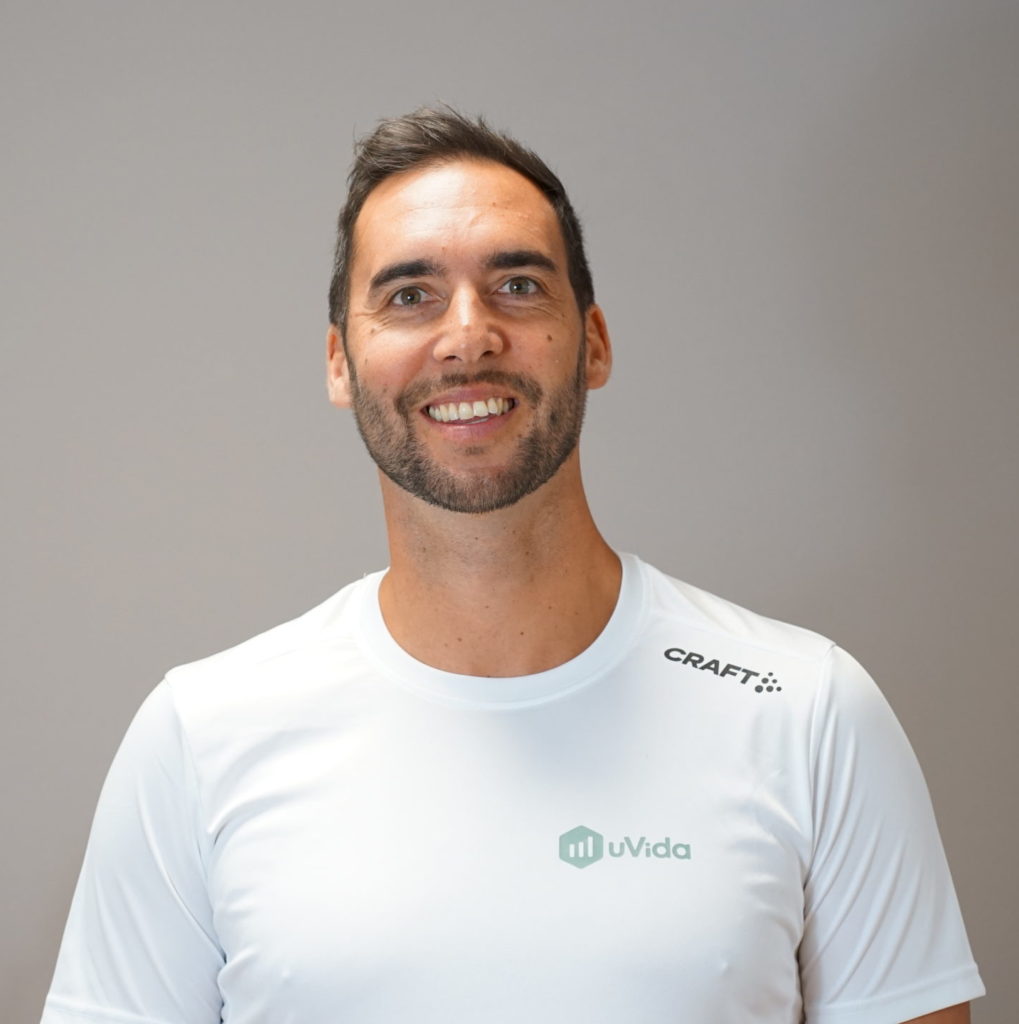Why it's important to train based on individual heart rate zones.
To enable efficient training, it is essential to know and take into account the corresponding individual pulse ranges. This is particularly relevant because if the pulse is too high, the body can quickly become over-acidic and micro-tears then occur in the muscles with a corresponding drop in performance and increased susceptibility to injury. The overexertion also leads to psychological problems such as excessive fatigue, dejection and even depression. In specialist circles, this is also referred to as sports burn-out.
In addition to the right technique, it is therefore essential to train in the right pulse range to minimize harmful consequences. The easiest way to find out the different individual pulse ranges is to perform a performance analysis (spiroergometry). As a result you will get your pulse ranges for the following trainings:
- Regeneration training
- Fat metabolism training (GA1)
- Cardiovascular training (GA2)
- Competition-specific endurance training (WSA)
Regeneration training - for the chat in between
The regeneration training range is the pulse range in which it is still possible to have casual conversations in addition to training without breaking a big sweat. This low intensity range is therefore used less for training than for active regeneration. This range is particularly relevant after interval training or the popular high-intensity interval training: HIIT. Especially the next day after the short but very intense load units, approximately 30 to 45 minute long units of active recovery in the regeneration area are more efficient than passive recovery. This allows for very time-efficient and effective training. A gradual approach of the body to competition load can also take place.
Fat metabolism training (GA1) - hour-long endurance
In fat metabolism training, the body is already demanded something more. It is an extensive endurance training to increase the basic fitness. In the hobby sports sector, training in this pulse range is often used for health promotion and weight reduction, as it also enables conversations without shortness of breath and can be sustained for hours. This also makes it very suitable for increasing basic endurance (GA). The training takes place well below the anaerobic threshold.
Cardiovascular training (GA2) - here we get down to business
By increasing the intensity, there is a smooth transition from basic endurance zone 1 (fat metabolism training) to basic endurance zone 2 (GA2) - cardiovascular training. This is an intensive training with progressively increased breathing and sweat production. Runners in particular appreciate this range, as it gives them the individual feeling that they are training particularly effectively. In interval training, an attempt is made in the load phases to reach the upper limit of this basic endurance range and thus into the range of the anaerobic threshold (However, the training still takes place below this!).
Competition-specific endurance (WSA) - for professional preparation for competition
This training is intended to simulate the load during a competition. The pure amateur athlete can also use this training for himself, but it should not exceed 15 percent of the total training. To prepare for a competition, the competitive athlete or professional can fully exploit his functional potentials and achieve a higher supercompensation. The price for this is a longer recovery break afterwards. Training in this pulse range is hard work and requires corresponding willpower and motivation. It is training at the pain threshold.
General tables of the training areas
All training ranges can also be found again and again on general tables or can be calculated by programs on the Internet or on your cell phone. In the simplest case, they refer to percentage ranges of maximum heart rate, which is determined purely on the basis of age and gender. Since these are not individual values, you could also train using house numbers.
By determining the individual training ranges within the scope of ergometry, the exact pulse ranges of your body are available to you in order to train optimized accordingly. You only have to determine your heart rate with a chest strap (the most accurate method) and stay within the corresponding ranges to reach your training goal in the best possible and safest way. Whether you are a hobby athlete, a competitive athlete or a professional - there is no way around the individual pulse ranges.







